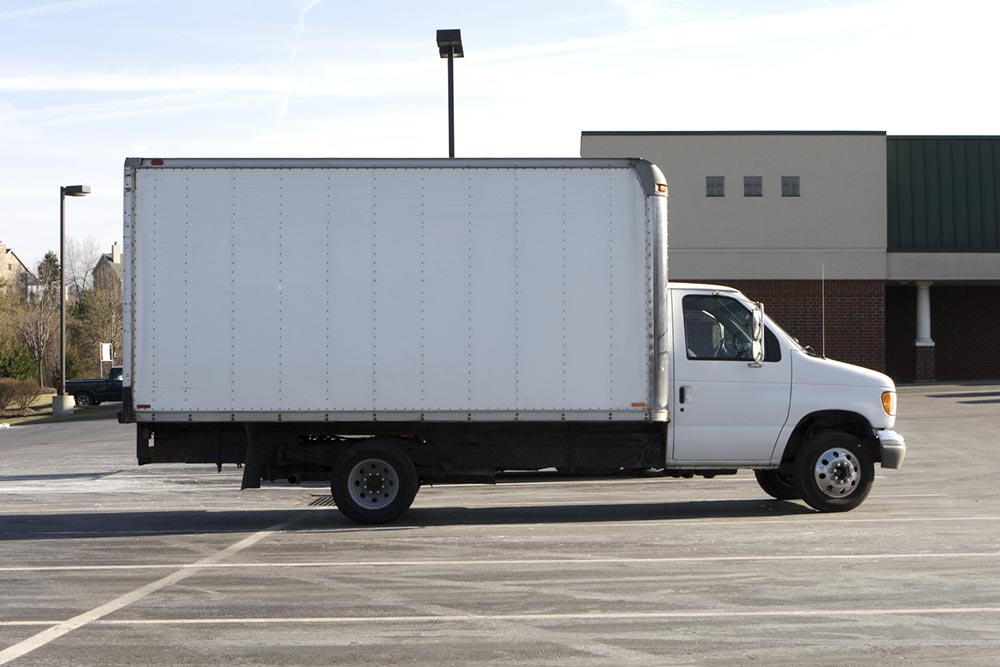Know About the Different Features and Types of Box Trucks
Box trucks are a type of versatile transport vehicle with an enclosed cargo space attached to the driver’s cab. Both sections are attached to one frame, and one cannot move from one section to another. The box trucks can also be customized to suit the size and weight of the cargo. Box trucks help businesses transport goods safely and efficiently over short and long distances. They are known for their ease of navigation and efficiency.

Advantages of box trucks
The main advantage of the box truck is that the well-covered cargo section allows the safe transport of goods in all kinds of terrain and weather conditions. A fleet owner or business owner can use the truck’s body to promote their business by displaying their names and addresses on the side walls. Traditional transportation trucks hook a trailer onto the driver’s cab. It can be time-consuming to fix them, and the trucks and fuel guzzlers are more expensive. Navigating them may also be difficult in certain areas with narrow spaces. A box truck eliminates these issues and saves time. The risk of delay breakdowns is reduced, allowing timely delivery and improved efficiency. Box trucks are also more fuel-efficient than regular trucks. Box trucks are used in many industries like-
- Apparel manufacturers
- Appliance manufacturers
- Construction industry
- Food delivery companies
- Furniture Companies
- Home improvement services
- Logistics and courier services
- Entertainment industry
- Moving companies
- Storage facilities
Type of box trucks
Box trucks are classified based on their design and their loading capacity. A standard box truck is medium-sized and ideal for delivery, logistics, and moving companies. Other types of box trucks include-
Box truck types based on design
- Utility trucks- These trucks are customized and fitted with compartments and drawers to accommodate tools and equipment necessary for specific purposes. They can also transport small loads of cargo.
- Refrigerated box trucks – These are similar to box trucks but are completely refrigerated and used to transport goods like food and healthcare supplies that demand storage at a specific temperature.
- Flatbed Box Trucks- These trucks have no roof or walls, and freight is loaded or unloaded from the sides.
- Landscaping box trucks- These trucks are designed for the landscaping industry and have a well-designed and safe storage space for equipment and tools. Some trucks also contain ramps for easier loading and unloading of heavy equipment.
Box trucks based on size and load capacity
Box trucks come in 10, 12, 16, 22, 24, and 26-foot sizes. Typically, two seats are available for smaller trucks and three for larger trucks.
- Light-duty box trucks can carry loads up to 14,000 pounds. They are more fuel-efficient and ideal for transporting lighter goods within short distances.
- Medium-duty truck boxes can carry loads between 14,000 and 26,000 pounds and are ideal for storage, moving, and commercial businesses.
- Heavy-duty box trucks can transport cargo above 26,000 pounds and are ideal for transporting heavy construction equipment over long distances. To operate heavy-duty box trucks, one must have a commercial driver’s license.
Box truck features
Before buying a box truck, a buyer should be clear about the purpose, the type of cargo they would be transporting, and its weight. Based on this information, they should look for features like-
- Cab style – One can find trucks with driver cabs higher or lower than the front axle. Low cabs are easier to navigate, and higher cabs provide better visibility and comfort.
- Liftgate – Liftgate makes lifting and lowering cargo from the back of the truck easier and reduces the need for manual lifting.
- Loading ramps – They are inclined planes that make it easy to load and unload heavy loads from the box truck.
- Mileage – A well-maintained box truck from a reputable brand can run for a long time. Diesel trucks can log 500,000 miles, and gas trucks can log 300,000 miles.
- Floor-type – Box trucks with hardwood and pinewood flooring are ideal for transporting lighter cargo. Aluminum floors are ideal if the cargo could leak or spill and needs frequent cleaning. Steel floors are best suited for heavy cargo but they demand good maintenance and care.
- Tie-down systems – Tie-down systems can secure large or bulky cargo to hold them tightly, reducing the risk of damage or fall during transport.
- Interior lighting – Interior lighting helps workers identify the right cargo and prevents them from falling and tripping when they move within the cargo area at night.
- Shelving – One can look for shelves, dividers, and organizers based on the type of cargo to be moved and the industry requirements. These systems help organize tools and materials inside the cargo space and prevent them from falling while the vehicle is in motion.
Box trucks with liftgate
If one needs to load and unload heavy and bulky equipment for one’s business, a box truck with a liftgate can simplify this process. Liftgates are hydraulic lift platforms installed in the back of the box truck. Most companies may have a forklift for loading cargo, but not all receivers have one, resulting in manual unloading. These situations can cause injuries to the workers or damage to the cargo. When no forklifts are available at the unloading site, liftgates eliminate the need for manual lifting and reduce the risk of damage to cargo like furniture, appliances, fragile cargo, valuables, and heavy equipment.
Box truck prices
The average cost of a new 16-24-foot box truck can range between $50,000 and $80,000, with additional costs for add-ons and customization. While pre-owned box trucks are usually less expensive, one has to check for miles, wear and tear, and the vehicle’s condition before buying it.